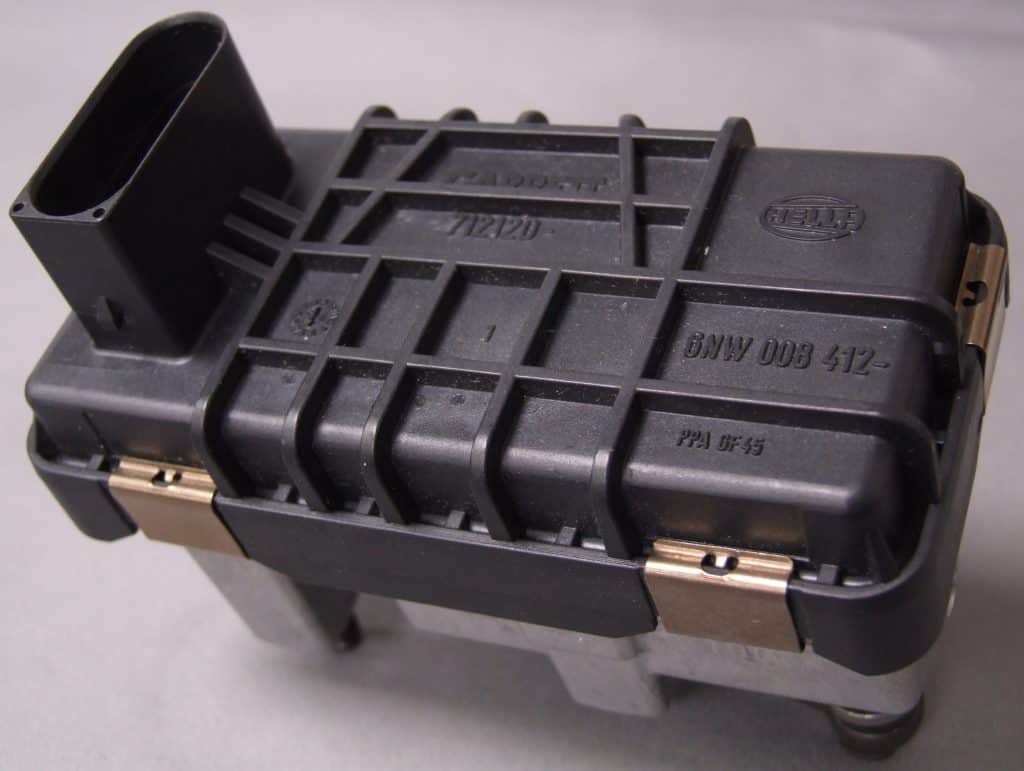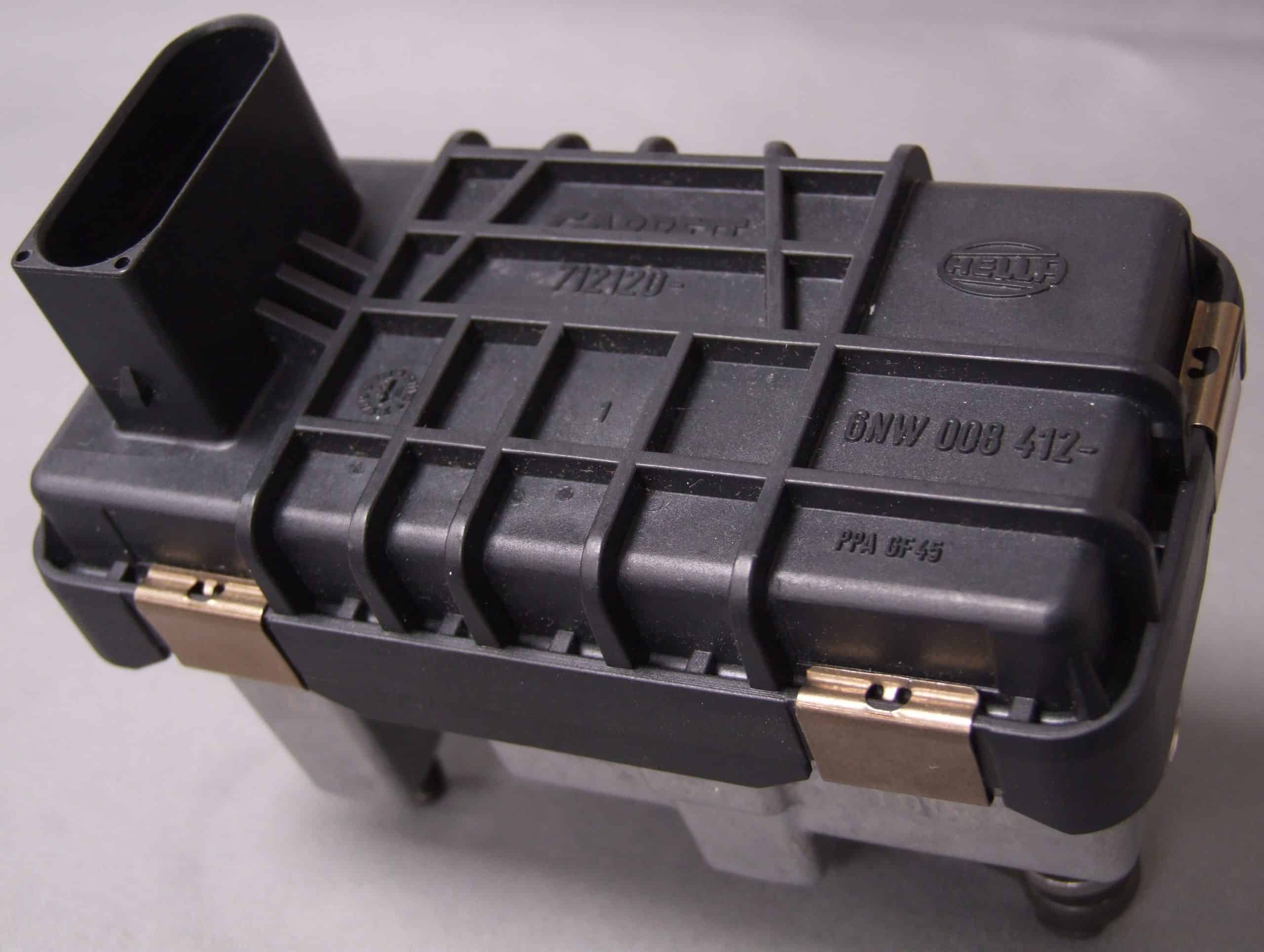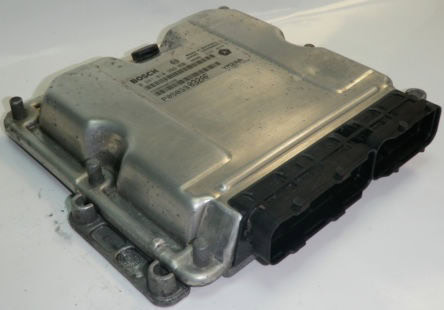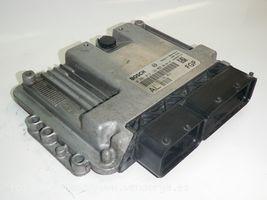In this article, we will explore common electronic turbo actuator faults, and their causes. And the considerations involved in deciding whether to repair or replace the actuator. The electronic turbo actuator is a critical component of modern turbocharged engines. It plays a crucial role in controlling the boost pressure and optimizing engine performance. However, like any mechanical and electronic part, turbo actuators can experience faults over time. Leading to reduced engine efficiency and potential drivability issues. When faced with a malfunctioning electronic turbo actuator, vehicle owners are often confronted with the dilemma of whether to repair or replace the faulty part.

Understanding the Electronic Turbo Actuator
Before delving into the faults, it is essential to understand the basic function of an electronic turbo actuator. In a turbocharged engine, exhaust gases drive the turbine wheel, which, in turn, spins the compressor wheel. To force more air into the engine. The amount of boost pressure generated is controlled by the turbo actuator. Which is electronically controlled by the engine management system.
Common Electronic Turbo Actuator Faults
- Sticking or Seized Actuator: One of the most prevalent issues is the actuator becoming stuck or seized due to the accumulation of carbon deposits, oil sludge, or general wear and tear. This can lead to improper boost pressure regulation or complete loss of boost, resulting in reduced engine power.
- Electrical Malfunctions: Electronic turbo actuators are equipped with sensors and motors that can fail over time. Electrical faults may arise due to damaged wiring, faulty sensors, or a malfunctioning motor, leading to inaccurate actuator control.
- Actuator Solenoid Issues: The solenoid responsible for controlling the actuator’s movement can become faulty, resulting in erratic boost pressure control or failure to respond to the engine’s demands.
- Turbo Vane Position Sensor Faults: Some electronic turbo actuators are equipped with a vane position sensor that helps determine the position of the variable vanes in the turbocharger. Sensor failures can lead to incorrect vane positions and compromised engine performance.
- Software and Calibration Problems: In some cases, the actuator may be in perfect mechanical condition, but the issue lies with the engine control unit (ECU) software or actuator calibration. This can cause miscommunication between the actuator and the ECU, leading to improper boost pressure regulation.
Repair vs. Replace: Considerations
When faced with a faulty electronic turbo actuator. Vehicle owners should consider several factors before deciding whether to repair or replace the part.
The Severity of the Fault
The extent of the actuator’s fault is a crucial consideration. If the actuator has minor issues like sticking due to carbon deposits, it may be repairable. On the other hand, severe damage to the actuator motor or other critical components may necessitate a replacement.
Availability of Spare Parts
Depending on the make and model of the vehicle. Finding spare parts for repair can be challenging, especially for older or less common vehicles. If replacement parts are readily available, it might sway the decision towards replacement.
Cost
Cost is a significant factor for most vehicle owners. In some cases, repairing the actuator may be a more cost-effective option than a full replacement. However, if the repair cost approaches or exceeds the cost of a new actuator, replacing the part could be the better choice.
Warranty
If the vehicle is still under warranty, it’s essential to check whether the electronic turbo actuator is covered. If so, getting a replacement from the manufacturer may be the most prudent option.
Expertise and Reliability of Repair Services
Not all repair services are equal, and entrusting the actuator to an inexperienced or unreliable repair shop could lead to further complications. It is essential to seek out reputable and experienced professionals for actuator repair.
Overall Vehicle Condition
Consider the overall condition of the vehicle. If the car is relatively new and well-maintained, investing in a new electronic turbo actuator might be a sensible long-term choice.
Read more: The power of a proper car tune up
Conclusion
The electronic turbo actuator is a vital component in modern turbocharged engines, and its proper functioning is essential for optimal engine performance. When facing electronic turbo actuator faults, vehicle owners must carefully evaluate the severity of the issue, the cost of repair or replacement, and the overall condition of the vehicle. While repair might be a feasible option for minor faults and cost-conscious owners, a replacement could be the best course of action for severe and irreparable actuator damage. Seeking the expertise of qualified professionals will ensure a well-informed decision and restore the engine’s performance to its full potential.



